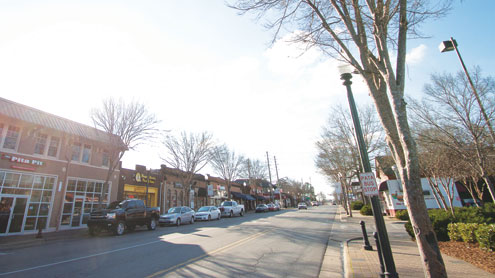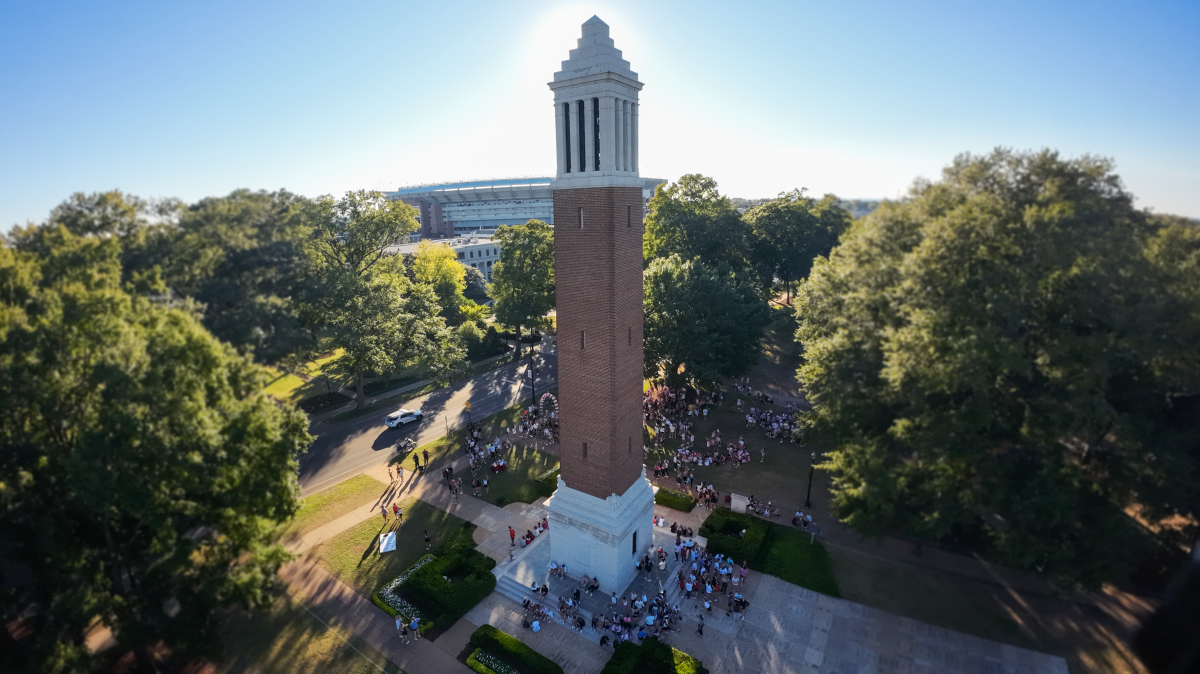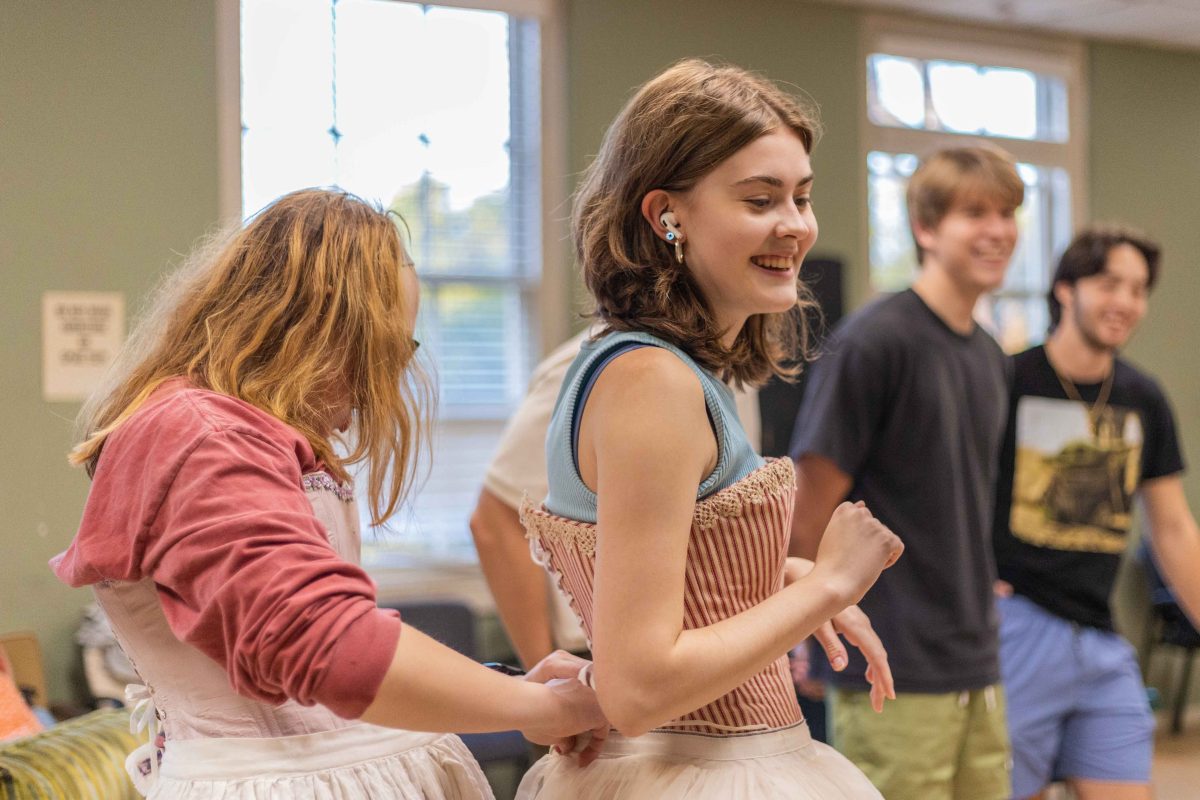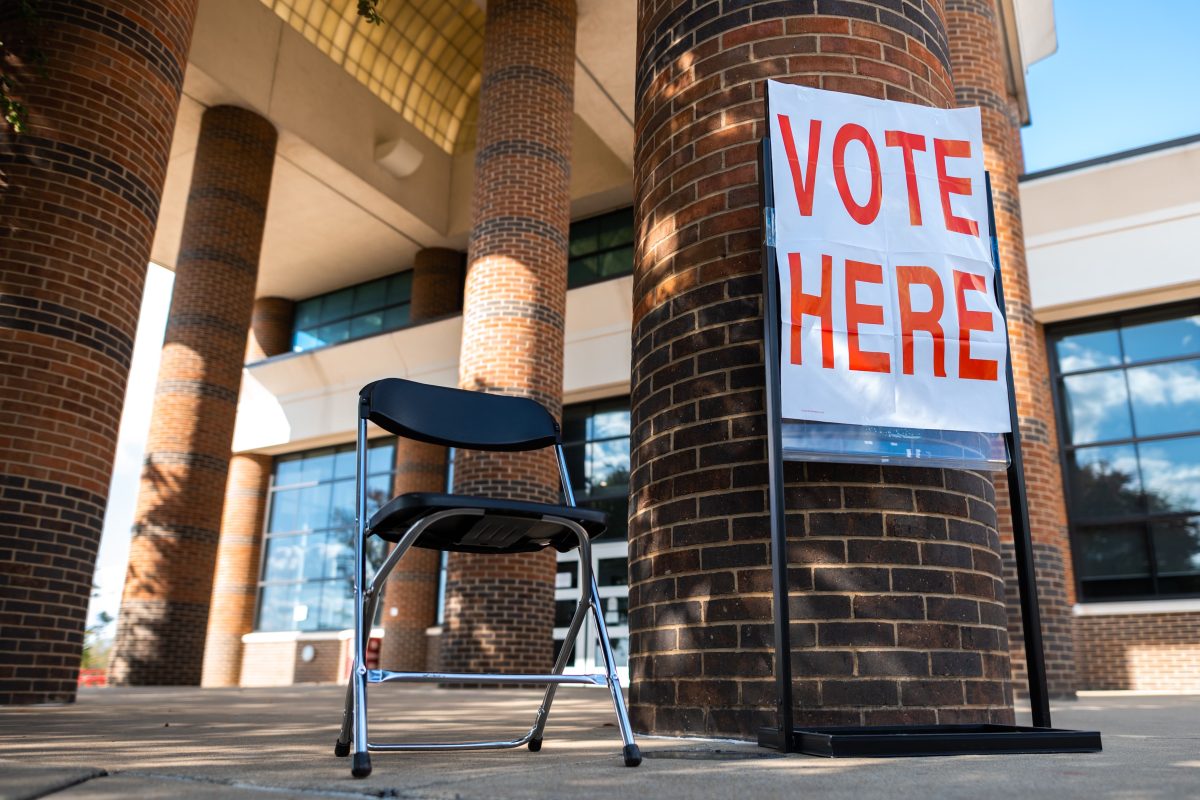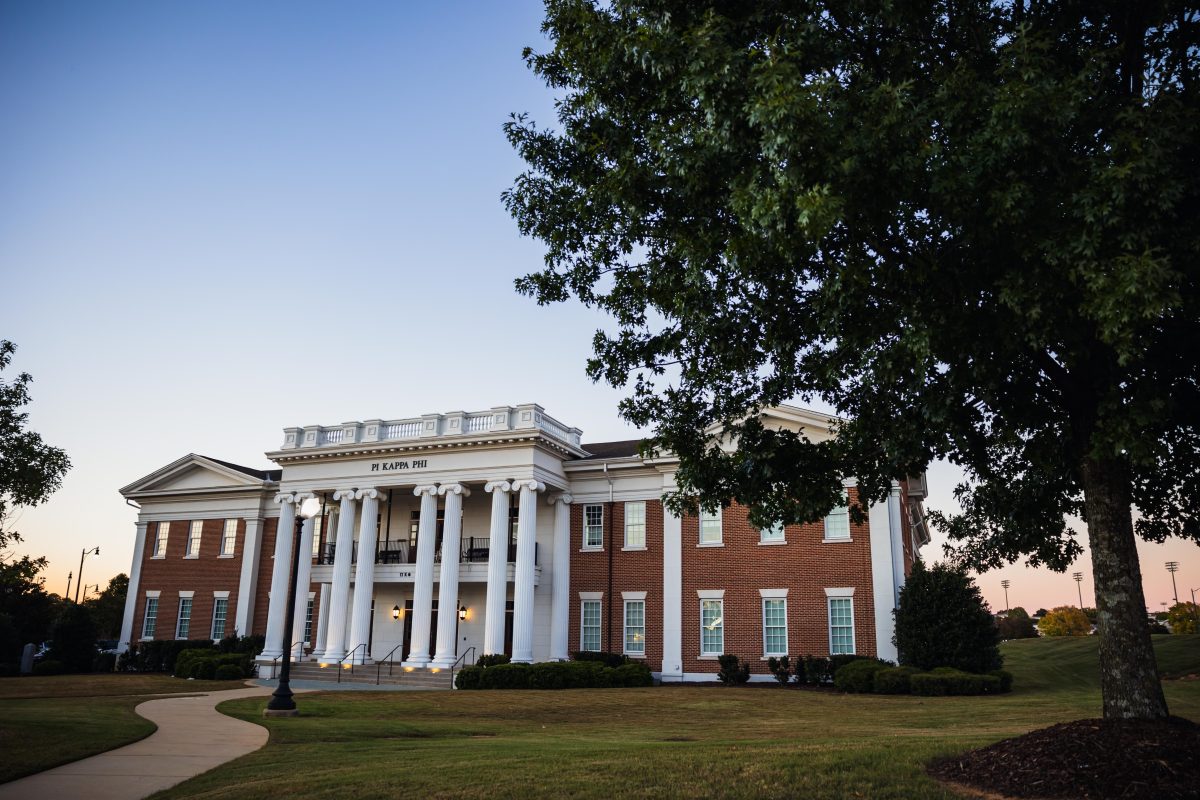 With the rapid growth occurring at the University of Alabama over the last decade, the city of Tuscaloosa and the University of Alabama decided that the development of the Strip – the entertainment center for students – should be monitored more carefully.
With the rapid growth occurring at the University of Alabama over the last decade, the city of Tuscaloosa and the University of Alabama decided that the development of the Strip – the entertainment center for students – should be monitored more carefully.
Following the completion of the Urban Renewal Plan for downtown Tuscaloosa in 2005, the city of Tuscaloosa and the University decided to continue working with Connie Cooper of Cooper Consulting Company Inc., based in Dallas, Texas. Cooper said that the city and University were particularly concerned with the safety of the Strip after a 2006 shooting.
“The city and the University asked if I would undertake a special study to look at the impact that the alcohol-related businesses are having and the relationship between those and the issue of crime,” she said.
The study consisted of in-depth surveys of 20 alcohol serving and selling establishments, observations of bar operations and patrons activities, and interviews with city and UA leaders, students and business owners.
Although students found some problems with the survey’s findings, such as less bars per block and earlier bar closing times, other issues involving the Strip arose during Cooper’s research that were unrelated to her survey and caused more public protest.
In 2007, the University of Alabama purchased a building on the Strip that included 1201, 1203, 1205, 1207 and 1209 University Boulevard.
Formerly home to Pepito’s, Lai Lai, The Booth and Cheap Shots, the building has experienced changes similar to the Strip.
According to David H. Jones, the grandson of the owner of the Alabama Book Store and a buyer at the store, the University also expressed interest in purchasing property that housed the Alabama Book Store and the Campus Party Store. In response to this expressed interest, Jones set up savethestrip.com, which garnered both student and alumni support.
The website and accompanying Facebook page illustrated the wariness students and alumni had toward the University’s active involvement in the development of the Strip. A petition for Save the Strip authored by Charles Nelis received 3072 signatures and Facebook group membership had similar numbers.
Ryan Berry, a 2008 graduate of the University of Alabama, was an active participant in the “Save the Strip” movement and said many students had issue with The Booth moving out of their property in November 2006. The Booth was located in the building purchased by the University.
Berry said that the University should have been more upfront with their motives when developing the Strip rather than forcing businesses out.
“In retrospect, I can see the things [the University] was doing had a purpose,” he said. “They were not very upfront. If they were more upfront about it, I don’t think there would have been as much student outcry.”
Jones thinks that the website had an effect, as the University backed off their initial interest. Although he thinks there have been positive improvements on the Strip, he thinks it’s clear that the University does have an active interest in the development.
“I think they’ve said in the past that they’re not in the real estate business, but it appears that they are,” Jones said. “The improvements they’ve made are definitely improvements, but like I said, they definitely killed the character of the area to some degree. There’s only a handful of original buildings left, and they’re owned by everybody else, not by the University.”
Cathy Andreen, director of media relations, said that the University’s ownership is not the dominant one on the Strip.
“The University is only one owner on the Strip,” Andreen said. “Most of the buildings are privately owned. It is the citizens of Tuscaloosa through the city’s planning office who will determine the vision for the Strip.”
Cooper believes that the University should have a strong relationship to the Strip, but there should be more partnership with the city.
“The Strip can reflect well or poorly on the University, so there is a relationship. I think the University’s role would be to make sure it partners with the city . . . I don’t think it is necessary for the University to have any type of landlord position,” she said. “I think it’s important that the University works with the city as far as how the Strip is maintained and if there are improvements that can happen in the Strip, that the city and the University could partner in that.”
To read more about future plans for the Strip, read Tuesday’s The Crimson White.



